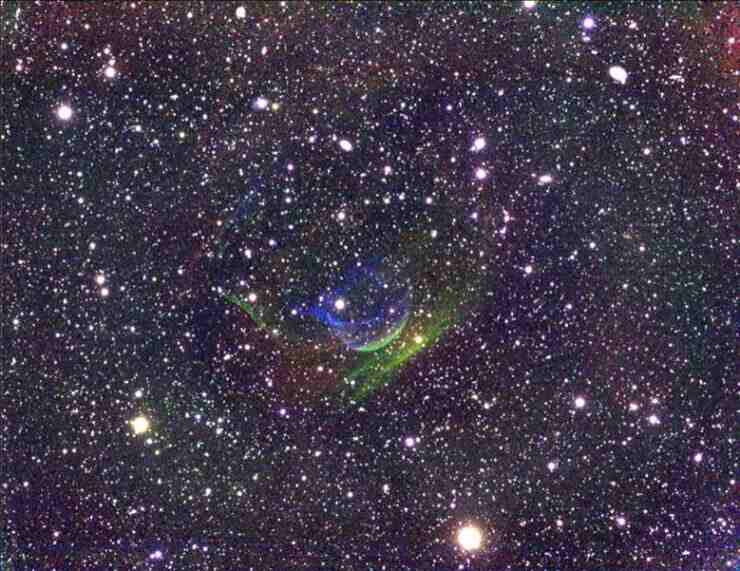Supercomputing reveals a new world of possibilities for astrophysicists with the Condor Array Telescope

Humanity is constantly striving to explore and learn more about the vast expanse of space. Recently, a team of researchers from Stony Brook University and the American Museum of Natural History (AMNH) used the Condor Array Telescope to make groundbreaking discoveries. Their findings have shed light on the low-brightness Universe, providing a deeper understanding of our cosmos.
Led by esteemed researchers Kenneth M. Lanzetta, Stefan Gromoll, and Michael M. Shara, the team utilized advanced supercomputing to operate the Condor Array Telescope. This revolutionary telescope uses computer algorithms to combine the light from multiple smaller telescopes, effectively simulating one larger telescope. This allows scientists to detect and study astronomical features that were previously too dim to observe with conventional telescopes.
In their first paper, Lanzetta and his colleagues studied NGC 5907, a well-known spiral galaxy located 50 million light years away from Earth. By using the Condor Array Telescope, they were able to examine extremely faint "stellar streams" surrounding the galaxy. These streams occur when dwarf companion galaxies are disrupted by the gravitational forces of the primary galaxy. Their observations challenged previous images and interpretations, revealing that what appeared as a remarkable helix surrounding the galaxy in 2010 may have been an artifact of image processing. The Condor image not only confirmed this but also unveiled previously unseen faint features, expanding our understanding of stellar dynamics and interactions.
Shara and his team then focused their attention on Z Camelopardalis, a dwarf nova. By reassessing an image captured in 2007 and comparing it to a new image taken in 2021, they were able to measure the expansion rate of a gas shell surrounding the star. The new Condor image exposed not only the complete shell, contradicting the partial depiction from the 2007 image but also revealed a larger shell surrounding it. These incredible discoveries demonstrate the immense sensitivity of the Condor Array Telescope, enabling scientists to witness phenomena that were once hidden from human view.
Professor Lanzetta noted "These new images demonstrate just how sensitive Condor is. The new shells are simply too faint to be seen by conventional telescopes." This breakthrough opens up a whole new realm of possibilities for scientific supercomputing. With the ability to discern intricate details in celestial bodies, unravel the dynamics of galactic formation and evolution, and illuminate the stages of stellar life, scientists are now able to explore the universe in once-impossible ways.
The Condor Array Telescope project was a remarkable collaboration between researchers from Stony Brook University and the AMNH. In 2019, Lanzetta and Gromoll secured a grant from the National Science Foundation's Advanced Technologies and Instrumentation Program to initiate this ambitious endeavor. With the addition of Michael M. Shara to the team in 2020, their collective expertise in extragalactic astronomy, large-scale scientific computing, and stellar evolution converged towards a shared goal - to unlock the secrets of the Universe.
To maximize their observations, the Condor team deployed their instrument at the Dark Sky New Mexico observatory, located in the southwest corner of New Mexico away from light pollution. Researchers and students worked tirelessly to capture a glimpse of the cosmos that had never been seen before.
The Condor Array Telescope, powered by supercomputing, has propelled us into a new era of discovery, enabling us to see further, grasp deeper, and comprehend the beauty and complexity of the cosmos. With each new observation, we inch closer to unlocking the ancient secrets of the universe that humanity has yearned to know since the dawn of time. The future of supercomputing is filled with endless possibilities, empowering astrophysicists to unveil the hidden wonders of the universe and inspiring generations to dream, explore, and gaze at the stars with wonder and awe.

 How to resolve AdBlock issue?
How to resolve AdBlock issue?